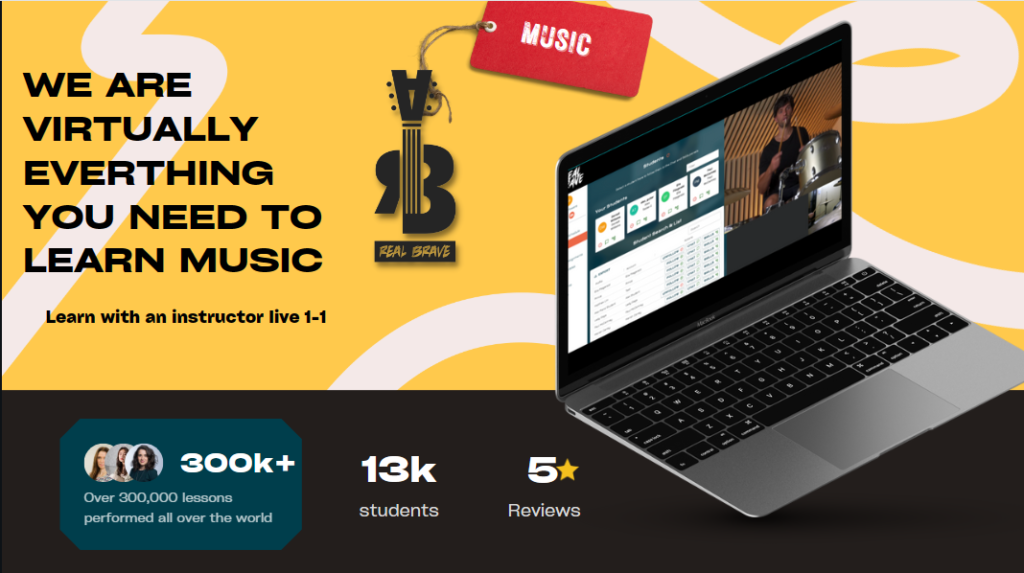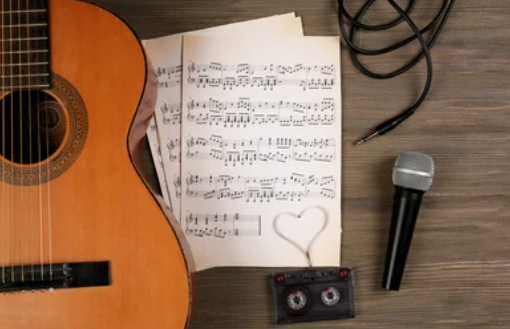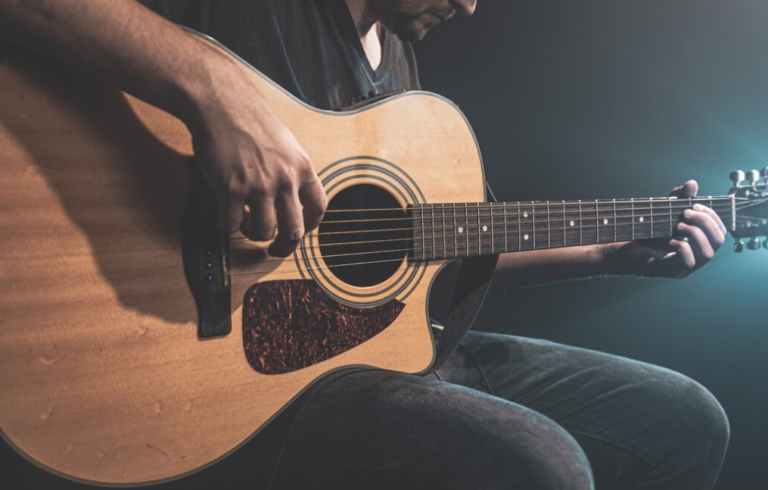Easy Guide – All You Need To Know About Parallel Scales
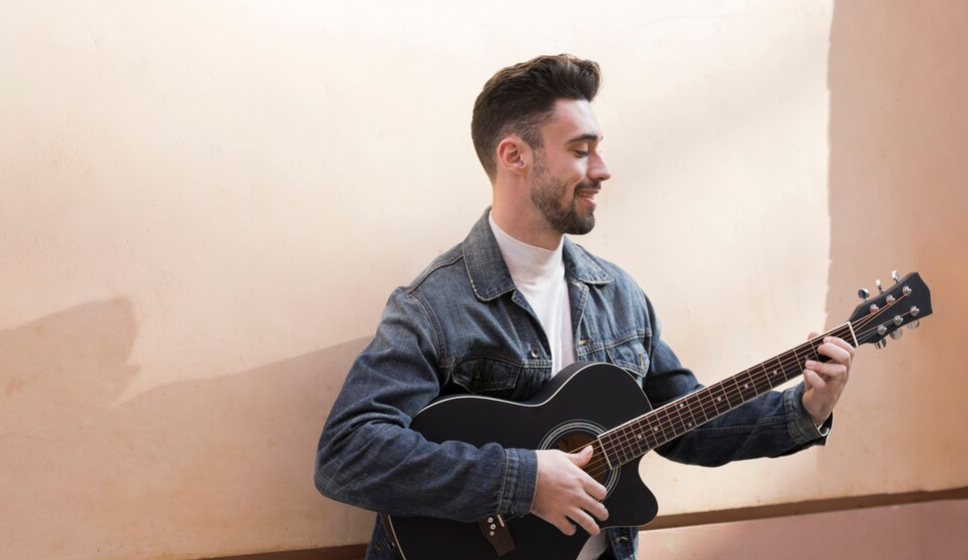
When learning guitar, you’re bound to run into all sorts of music theory terms that seem intimidating at first. One of those might be “parallel scales”. But don’t worry—it’s actually quite simple once you break it down.
Let’s take a journey into the world of parallel scales, how they work, and why they matter for your guitar playing.
What Are Parallel Scales?
Parallel scales are major and minor scales that start on the same root note but have different intervals between their notes.
For example, the “C Major Scale” and the “C Minor Scale” are parallel scales. They both begin on the note “C,” but their construction differs in terms of the arrangement of whole and half steps (the distances between the notes).
Here’s how it breaks down:
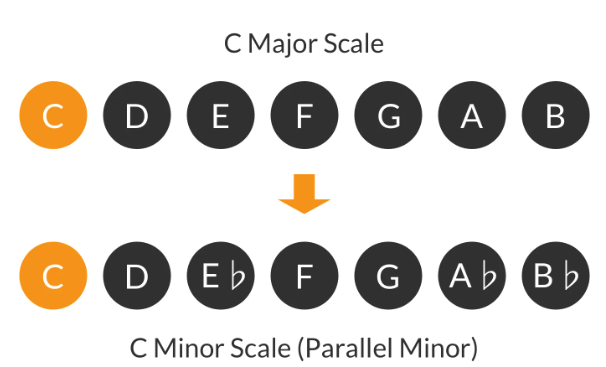
Even though they share the same root note (C), the major and minor scales differ in their intervals. In simple terms, the major scale sounds happy and bright, while the minor scale has a sadder or more emotional quality.
How Do Parallel Scales Work?
In guitar, understanding parallel scales can open up a lot of creative possibilities. Whether you’re improvising or writing music, knowing both the major and minor versions of a scale can help you quickly shift the mood of your music without changing the root note.
For instance, if you’re jamming in C major but want to give your solo a more melancholic feel, you could switch to C minor. This shift creates contrast and emotional depth.
Here’s a visual breakdown:
– C Major (Ionian Mode): Root (C), major 2nd (D), major 3rd (E), perfect 4th (F), perfect 5th (G), major 6th (A), major 7th (B)
– C Minor (Aeolian Mode): Root (C), major 2nd (D), minor 3rd (E♭), perfect 4th (F), perfect 5th (G), minor 6th (A♭), minor 7th (B♭)
The crucial differences lie in the 3rd, 6th, and 7th degrees. These notes define whether the scale is major or minor and give the overall feel to the music.
Parallel Scales in Practice
Let’s say you’re working on a simple chord progression in C major: C – F – G
If you want to add a darker twist, you can switch to a parallel scale like C minor. You could shift your progression to: C Minor – F Minor – G Minor
Or, if you want to mix things up, you can start with a major scale and then switch to the minor scale at key points for a more dynamic sound.
Exercises to Explore Parallel Scales
Here are a few exercises to help you get a feel for parallel scales on the guitar:
1. Play Both Scales Back-to-Back: Start by playing a major scale on one string, then immediately play the parallel minor scale. Listen to how the mood changes with just a few altered notes.
2. Build Chord Progressions Using Parallel Scales: Create a basic chord progression in a major scale (like C major) and then play the same progression using the chords from the parallel minor scale (C minor). Notice how the overall tone shifts.
3. Improvisation: If you like to improvise, try soloing in the C major scale over a chord progression, then switch to the C minor scale mid-solo. This will give your improvisation more emotional variety.
Why Understanding Parallel Scales is Important
As a guitarist, having a grasp of parallel scales enhances your musical toolbox. It helps you:
– Switch between moods quickly while staying anchored in the same root note
– Add variety to your playing without having to learn new key signatures
– Better understanding of the relationship between major and minor tonalities
Whether you’re creating your own music or improvising, the knowledge of parallel scales can be a game-changer. It gives you the freedom to move between light and dark, joy and melancholy, without missing a beat.
Final Thoughts
Parallel scales might sound a bit technical at first, but once you start playing them, you’ll quickly notice their practical applications. They’re an essential concept that every guitarist should know—especially if you want to add emotional depth to your playing.
So, grab your guitar and experiment with these scales. Your next solo, riff, or chord progression might surprise you with its newfound complexity!
If you’re interested in learning an instrument, at Real Brave, we offer an incredible experience like no other place in music lessons for kids and adults by guiding them from the beginning stages of getting to know an instrument all the way through performing for family and friends on stage. Our instructors come from all over the world, bringing extensive experience on a wide range of instruments. Click below and book a free lesson with us!
Author: Daniel Powers Jr, the founder of Real Brave™, serves as the chief inspiration to thousands of students in the Real Brave music instruction program. He’s also the visionary behind PracticePad™, an online platform for live one-on-one online music lessons, lesson tracking, and scheduling. Beyond his entrepreneurial pursuits, Daniel leads a non-profit organization that provides formerly homeless children with access to music education, making a profound impact on their lives. His unwavering dedication to music, innovation, and education continues to inspire individuals to reach their fullest potential while creating positive change in communities. Follow Real Brave on all the socials:
youtube.com/@realbraveinc
twitter.com/realbraveinc
https://www.tiktok.com/@realbraveinc
instagram.com/realbraveaudio
facebook.com/realbraveinc
